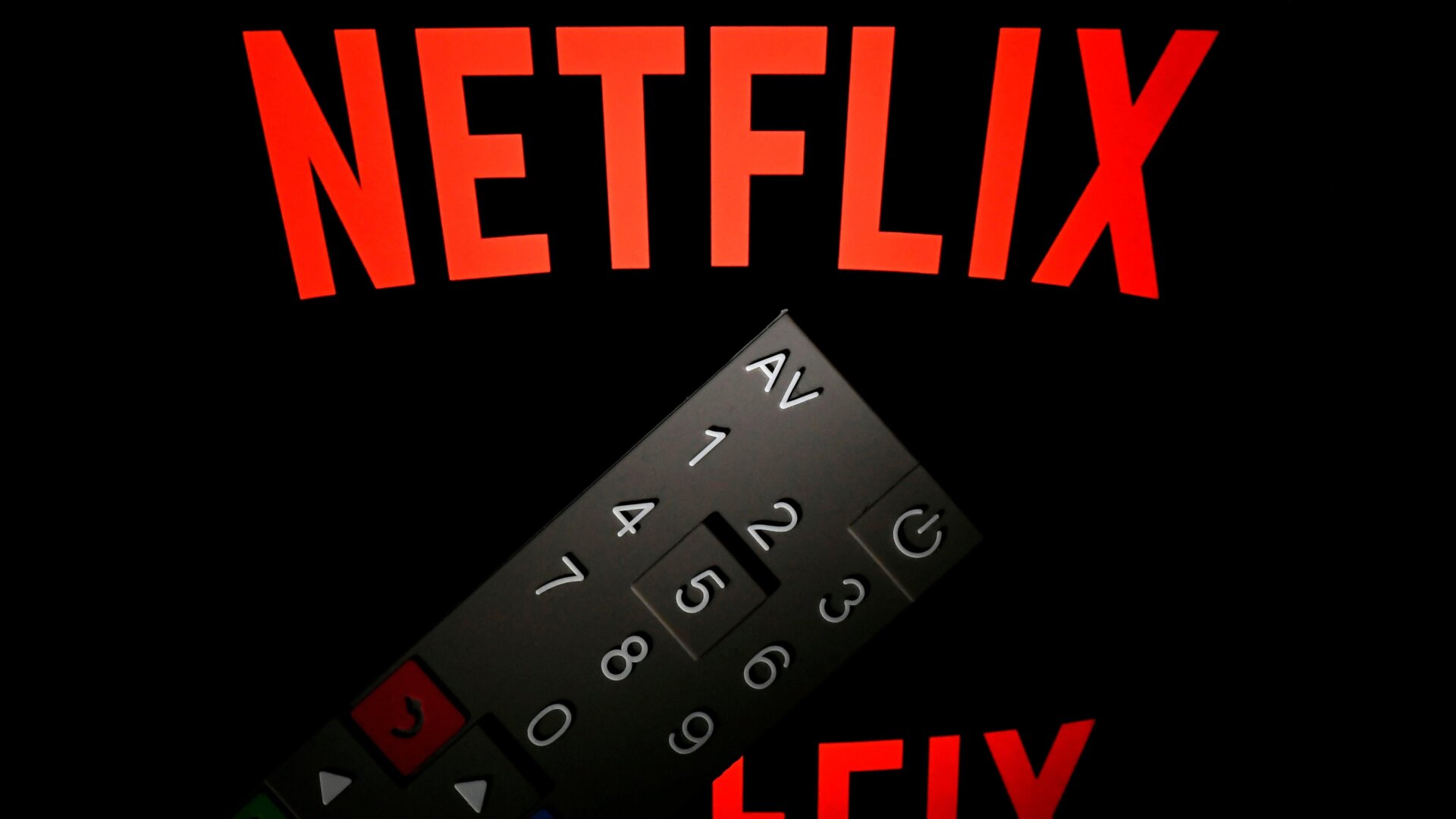
Netflix Pulls Back the Curtain: A Glimpse into Viewership Secrets
For years, Netflix, the dominant force in the streaming entertainment landscape, operated under a veil of secrecy regarding its viewership data. Like a skilled magician guarding their most prized illusions, the platform remained stubbornly reticent to disclose concrete numbers about the performance of its original content. This opacity fueled speculation, conjecture, and even criticism from industry observers, creators, and audiences alike. However, the streaming giant has recently begun to offer a more transparent view, marking a significant shift in its long-held policy.
This change was highlighted at the recent Code conference in Los Angeles, where Netflix unveiled a groundbreaking list: the top-10 rankings of its most popular original shows and movies, sorted not by the fleeting metric of two-minute views, but by the total number of hours viewers spent watching them within the first month of their release. This represents a first-of-its-kind disclosure of comprehensive viewership data for Netflix’s programming, offering a tantalizing peek behind the curtain of the streaming behemoth.
The implications of this revelation are far-reaching. It allows for a more nuanced understanding of viewer engagement and content performance, moving beyond the simplistic and potentially misleading measure of two-minute views. The two-minute metric, previously favored by Netflix, only indicated that an account had sampled a program for a brief period, failing to capture the depth of engagement and sustained interest. In contrast, total hours viewed paints a more complete picture of a show’s or movie’s ability to captivate audiences and hold their attention.
The newly released rankings themselves are a source of both confirmation and surprise. The disparities between the two-minute viewership data and the total hours viewed rankings reveal intriguing insights into audience behavior. For example, the third season of "Stranger Things," a flagship series for Netflix, performed strongly on both metrics. It ranked fifth based on two-minute views, with 67 million accounts sampling the show. However, when ranked by total hours viewed, "Stranger Things" season 3 surged to third place, demonstrating a high level of engagement and sustained viewership among its dedicated fanbase. This confirms the enduring popularity of the series and its ability to keep viewers hooked for extended periods.
Conversely, the French mystery series "Lupin" presents a contrasting scenario. While it garnered significant initial interest, ranking second in terms of two-minute views, it failed to crack the top 10 when measured by total hours viewed. This suggests that while "Lupin" may have attracted a large initial audience, it struggled to retain viewers and maintain their interest over the long term. This discrepancy highlights the importance of distinguishing between initial curiosity and sustained engagement when evaluating content performance.
Here’s a snapshot of the top-performing shows and movies based on total hours viewed within the first month of release:
Top 10 Netflix Original Shows (by Total Hours Viewed in First Month)
- Bridgerton, season 1: 625 million hours
- Money Heist, part 4: 619 million hours
- Stranger Things, season 3: 582 million hours
- The Witcher, season 1: 541 million hours
- 13 Reasons Why, season 2: 496 million hours
- 13 Reasons Why, season 1: 476 million hours
- You, season 2: 457 million hours
- Stranger Things, season 2: 427 million hours
- Money Heist, part 3: 426 million hours
- Ginny & Georgia, season 1: 381 million hours
Top 10 Netflix Original Movies (by Total Hours Viewed in First Month)
- Bird Box: 282 million hours
- Extraction: 231 million hours
- The Irishman: 215 million hours
- The Kissing Booth 2: 209 million hours
- 6 Underground: 205 million hours
- Spenser Confidential: 197 million hours
- Enola Holmes: 190 million hours
- Army of the Dead: 187 million hours
- The Old Guard: 186 million hours
- Murder Mystery: 170 million hours
The presence of Martin Scorsese’s "The Irishman" at number three on the movie list raises intriguing questions. While the film’s critical acclaim and star-studded cast undoubtedly contributed to its viewership, its substantial runtime—approximately 3.5 hours—may have also artificially inflated its total hours viewed. This highlights a potential caveat in using total hours viewed as the sole metric for evaluating movie success, as longer films inherently have an advantage in accumulating viewing time.
Despite its growing influence and subscriber base, Netflix has historically downplayed the importance of publicly available viewership data. CEO Reed Hastings has even stated that he doesn’t believe consumers are particularly interested in these statistics. Furthermore, as a subscription-based service, Netflix is not reliant on advertising revenue, which traditionally necessitates the widespread sharing of viewership data in the television industry.
However, this stance has drawn criticism, particularly in instances where popular shows with diverse representation have been canceled. The cancellation of "One Day at a Time," a critically acclaimed sitcom about a Cuban-American family, sparked concerns that the lack of transparent viewership data may have contributed to the show’s demise, despite its positive impact on Latino and LGBTQ representation.
Ultimately, the shift towards greater transparency at Netflix appears to be driven by a combination of factors. Changing norms in the streaming industry, increasing pressure from creators and audiences, and a desire to build consumer trust are all likely contributing to this evolution. As co-CEO Ted Sarandos stated, "We’re trying to be more transparent with the market, with the talent, with everybody." While the full extent of this increased transparency remains to be seen, the recent release of top-10 rankings based on total hours viewed represents a significant step towards a more open and data-driven era for Netflix. It will be crucial to see how Netflix continues to evolve its data reporting and how this new information impacts the streaming landscape.
